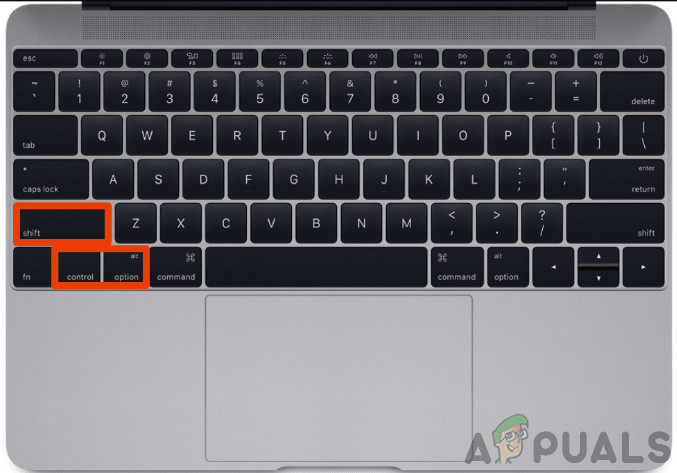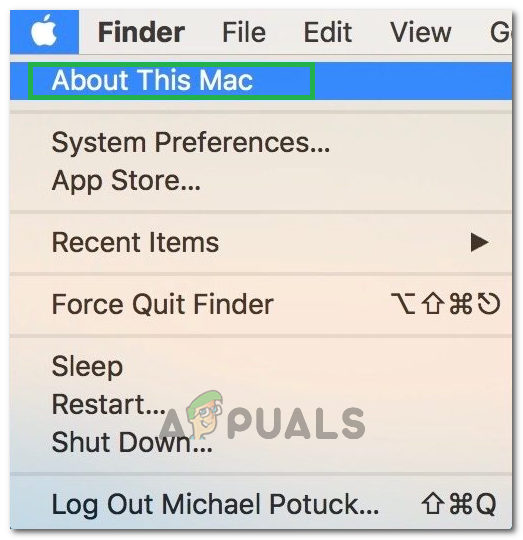What Is kernel_task and Why Is It Running on My Mac?
A “kernel,” is the core of any OS, which sits between the CPU, memory, other hardware & the software applications installed on the system. When the MAC is turned on, the first thing that starts is the kernel, & everything done by a system flows through the kernel at some point. The kernel controls all of the launch daemons/services, memory management, networking, etc. The kernel launches and kills necessary tasks, then clears memory after those tasks have been closed. And all of that background activity appears in Activity Monitor, which is Apple’s equivalent to the “Windows Task Manager”, under one banner i.e. kernel_task. The “kernel_task” consists of sending data over networks reading/writing or other tasks from other applications or system software.

If you’re doing something that takes up a lot of processing power—converting 4K videos, say—you might wonder what’s taking so long and look at the Activity Monitor. To open Activity Monitor hit Cmd + Space then type “activity” and it should pop up. Activity Monitor can also be found under Applications > Utilities.

Click on the %CPU column header to organize running processes by share of their processor usage. Anything using a high amount of processing power will appear at the top, and things will move around as your computer performs various tasks in the background.
The high CPU usage is generally only a problem when you’re not expecting it. It’s reasonable to expect your machine to chew up resources if you’re running a game, watching a video in your browser, or editing a video. If a single Safari tab or Mac process is using more than its fair share, that generally means something’s gone wrong.
You can kill any such processes by clicking on them, then clicking on the “X” in the top left corner of the screen. Unfortunately, it cannot be done for kernel_task because the kernel_task is the core of the operating system.

It’s not so much a single process, but a series of processes under one label. macOS does all sorts of things in the background, like sending and receiving data over the network, writing and reading data, and indexing new folders or disks for Spotlight search.
This process will often use a lot of your available RAM on the Memory tab, but that’s much less of a worry. The usage of RAM in rises and falls as required. The high CPU usage can halt the whole system, and sometimes even result in the complete crash of the system. It’s understandable if you’re frustrated, but it turns out your operating system is doing this on purpose to prevent your CPU from overheating. The kernel_task also helps in managing CPU temperature by making the CPU less available to CPU intensive processes. It does not itself cause those conditions. When the CPU temperature declines, the kernel_task will also automatically reduce CPU usage.
If the Mac is not slow, then there is no need to worry about this process taking up CPU because that is normal. Unused memory is put to work by kernel_task for things like caching files, and a modern OS sometimes uses some CPU power.
So, kernel_task is not using that CPU power it is just preventing the intensive CPU process from using it to keep the temperature under control. Everything should get back to normal when you’re out of the danger zone.
But the point of concern is when kernel_task is constantly using the majority of system resources, & Mac is slow because there might be a problem. The kernel can only be restarted by Restarting the Mac, and sometimes restarting may solve the problem.

But what if the behavior persists, here are a bit of idea to solve the problem.
How to Fix kernel_task consuming Resources?
We will be going through some of the most common methods on how to fix the high usage and consumption of resources and explain them in an abstract way.
- Because kernel_task is your operating system, and killing processes is the best way to free up resources, a simple restart of your Mac will clear the problem up right away.
- Consider scanning your Mac for malware, which could be causing the problem.
- If kernel_task is using a lot of CPU/memory when nothing special is being done, there is another problem in your hands. Usually, this is because of third party kernel extensions called “kexts” in macOS. These modules are hardware drivers and some software, that interface directly with the kernel. A faulty kext causes kernel_task to take up excessive CPU. To test this, Mac should be booted in Safe Mode. Shut down the Mac, then turn it back on while the Shift key is pressed. The option of “Safe Boot” will be shown at the login screen. Safe Mode does not enable third party kexts, so if your Mac doesn’t have any problems in safe mode, you’ve found your problem. Uninstall any 3rd-party drivers/software installed recently & see if that helps.

Safe Boot
- To find more details use Etrecheck which runs dozens of diagnostics, consisting of a list of all kexts installed & running on the system. Uninstall whatever you think is causing the problem, & see if the problem is solved.

Etrecheck - One application with a bad habit of using up a lot of CPU and prompting this is Flash. If Flash or browser tabs taking up CPU power alongside kernel_task, uninstall or disable Flash completely. As a result, Flash will not use the CPU with its various bugs, and kernel_task from countering it to keep the CPU cool.
- Remove unnecessary startup items and freeing up hard drive space.
- Reset the NVRAM on your Mac.
- Reset your system management controller (SMC).

Resetting SMC - Focus on external temperature (environment) which you can cool artificially by Air conditioning to remove the slow down that’s designed to manage heat. The outside temperature affects the computer’s temperature as well.
- Take a look at the fans of the MacBook, dust out the fans. Also, clean the heatsink. Check the thermal paste if it is dry. Increase fan speed.
- Use a cooling pad for your laptop.
- The high temperature of any part of the chassis from charging together with the peripherals plugged in may have caused this issue. Moving the charging cable from the left side to the right-side ports would be enough to cool the MAC & may resolve the problem. On a machine with MagSafe charging try unplugging peripherals from the left ports until the battery is full.
- Delete caches by running the following command in the
Terminal "rm -rf ~/Library/Caches"
- Delete Safari caches if Safari may have caused the problem)
- Reset the power block. Especially if you have an inconsistent AC source, especially if the laptop indicates it’s plugged in, but not charging because if the power supply finds unreliable AC, it stops charging the laptop. To solve, just unplug the power supply from both ends for a few seconds, then plug these ends back in. That may make the laptop to start charging again, andkernel_task stops eating CPU and the fans stop spinning so much.
Risky Workaround
There seems to exist a weird workaround to this problem which includes moving some files around but since these are system files we don’t recommend you to move them unless it is a huge problem for you.
- Go to “About this mac” section under the apple logo in the upper left corner and select “More info”.

Clicking on “About this Mac” - Click on the “system report” option.
- Note down what the computer says after “Model Identifier”.
- Navigate to the following.
master drive >System -Library >Extensions >IOPlatformPluginFamily.kext -Contents >Plugins >ACPI_SMC_PlatformPlugin.kext >Contents >Resources > (The folder that we noted down in the third step)
- Restart your computer and you should be done
If nothing helps, sometimes you need to stop wasting your time and re-install macOS from scratch, reset the Mac or consider a trip to the Apple Store.





